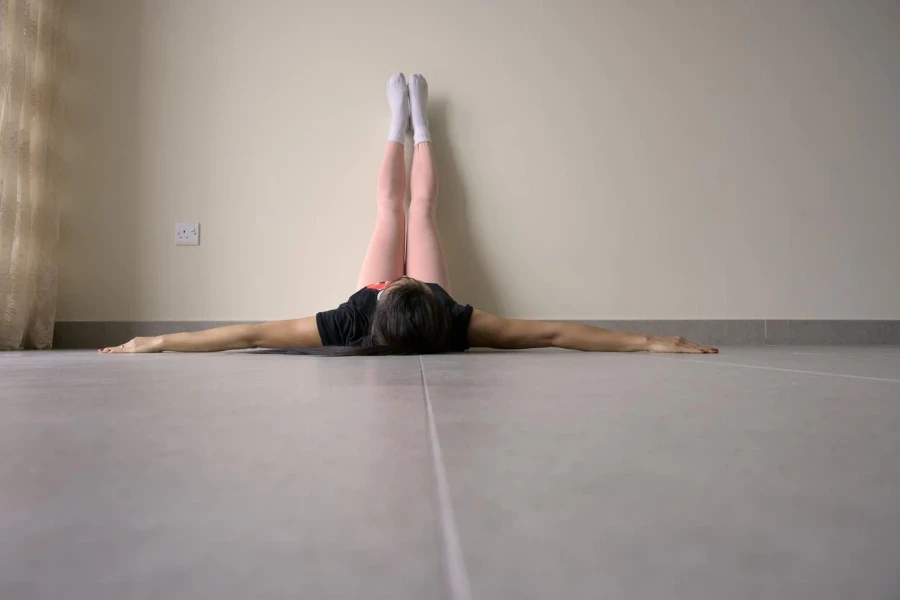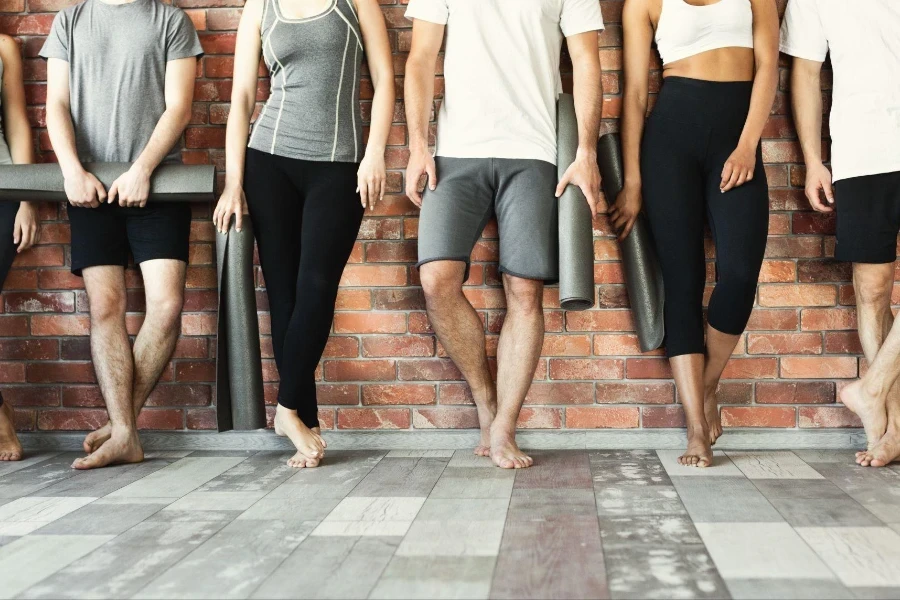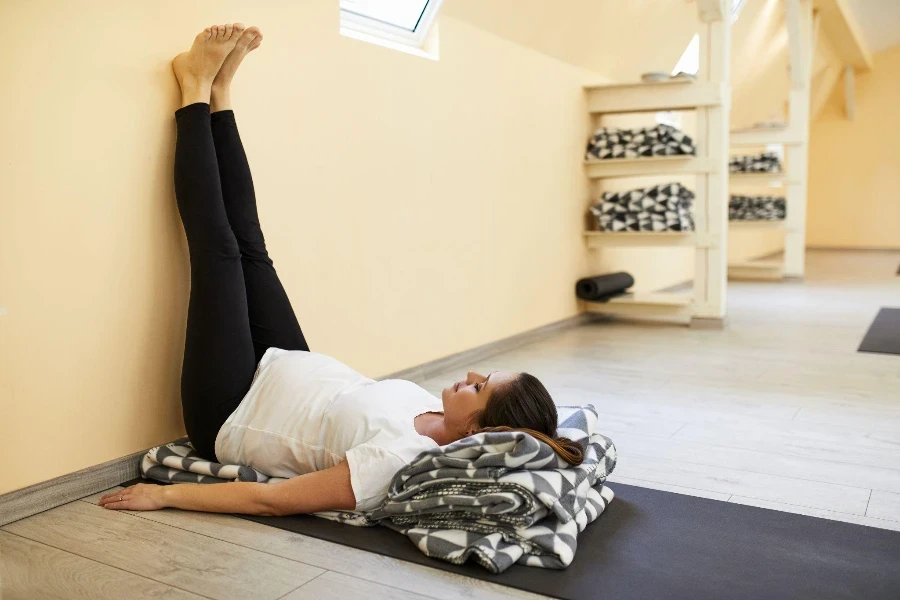Wall Pilates, a variant of the traditional Pilates method, incorporates the use of a wall as a support or resistance tool, offering a unique blend of strength, flexibility, and balance training. This article delves into the core aspects of wall Pilates free, a practice that has been gaining traction for its accessibility and effectiveness. Whether you’re a seasoned practitioner or new to the world of Pilates, this guide aims to provide valuable insights into making the most out of this innovative fitness approach.
Table of Contents:
– What is wall pilates free?
– Benefits of practicing wall pilates
– How to get started with wall pilates free
– Common mistakes and how to avoid them
– Incorporating wall pilates into your routine
What is wall pilates free?

Wall Pilates free refers to the practice of Pilates exercises using the wall as the primary apparatus, without the need for expensive equipment or studio memberships. This form of Pilates emphasizes the principles of alignment, core strength, and mindfulness, with the wall serving as a versatile tool to enhance exercises. By leveraging the wall, practitioners can achieve deeper stretches, greater resistance, and improved feedback on their form.
The origins of Pilates, developed by Joseph Pilates in the early 20th century, focus on the idea of muscle control and precision movements. Wall Pilates free adapts these principles, making them accessible to a wider audience. It’s a practice that can be tailored to individual fitness levels, making it an inclusive option for those seeking to improve their health and wellbeing.
Benefits of practicing wall pilates

One of the primary advantages of wall Pilates is its ability to provide a full-body workout that improves posture, flexibility, and muscle tone. The wall acts as a constant, stable force, allowing for an increased range of motion and enabling practitioners to engage their muscles more effectively. This, in turn, leads to enhanced core stability, a critical component for overall physical health.
Moreover, wall Pilates free is particularly beneficial for those recovering from injuries or dealing with chronic pain. The controlled, precise movements help to strengthen the body without placing undue stress on vulnerable areas. Additionally, the mindfulness and breathing techniques inherent in Pilates practice contribute to stress reduction and mental clarity.
How to get started with wall pilates free

Embarking on a wall Pilates free journey requires minimal equipment—just a clear wall space and comfortable attire. Beginners should start with basic exercises to familiarize themselves with using the wall as a support tool. Simple moves such as wall squats, arm circles, and leg slides can lay the foundation for more advanced practices.
It’s also advisable to seek out instructional videos or guides to ensure proper form and technique. While wall Pilates free is generally safe, correct alignment and execution are crucial to prevent injury and maximize benefits. As confidence and skill level increase, practitioners can explore more challenging exercises and sequences.
Common mistakes and how to avoid them

Despite its accessibility, there are common pitfalls that practitioners of wall Pilates free should be aware of. Neglecting proper form, rushing through exercises, and skipping foundational movements can hinder progress and lead to injuries. It’s essential to approach each session with mindfulness, focusing on the quality of movement rather than the quantity.
Listening to your body is another critical aspect of avoiding mistakes. If a particular exercise causes discomfort beyond the typical muscle fatigue, it may be necessary to adjust your technique or choose an alternative movement. Remember, the goal of wall Pilates free is to strengthen and heal the body, not push it to its limits.
Incorporating wall pilates into your routine

Integrating wall Pilates free into your fitness regimen can be a game-changer. For optimal results, aim to practice three to four times per week, allowing for rest days to facilitate muscle recovery. Each session can vary in length, but starting with 20 to 30 minutes is a good benchmark for beginners.
Varying your routine is also crucial to keep the practice engaging and to challenge different muscle groups. Incorporating props like resistance bands or foam rollers can add variety and intensity to your workouts. Over time, as you become more adept at wall Pilates free, you may find it becomes an indispensable part of your overall fitness journey.
Conclusion:
Wall Pilates free offers a unique and effective way to enhance physical health, improve flexibility, and reduce stress, all without the need for expensive equipment or a gym membership. By understanding the basics, recognizing its benefits, and avoiding common mistakes, practitioners can fully embrace this accessible form of exercise. Incorporating wall Pilates into your routine can lead to profound improvements in your fitness levels and overall wellbeing, making it a worthwhile addition to any fitness regimen.




